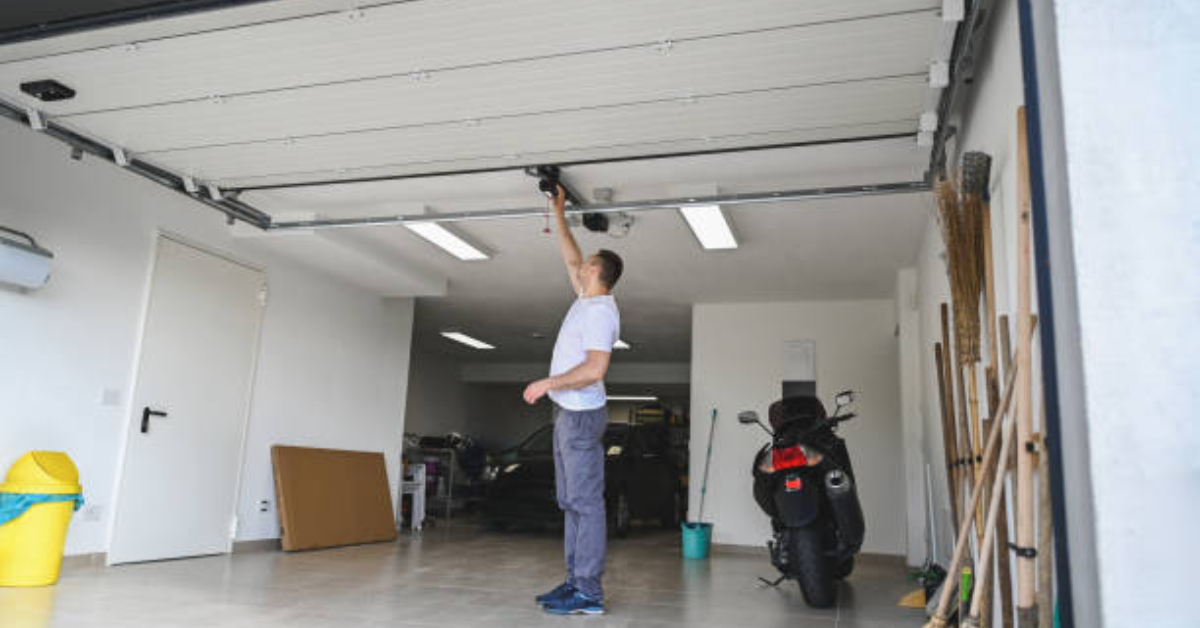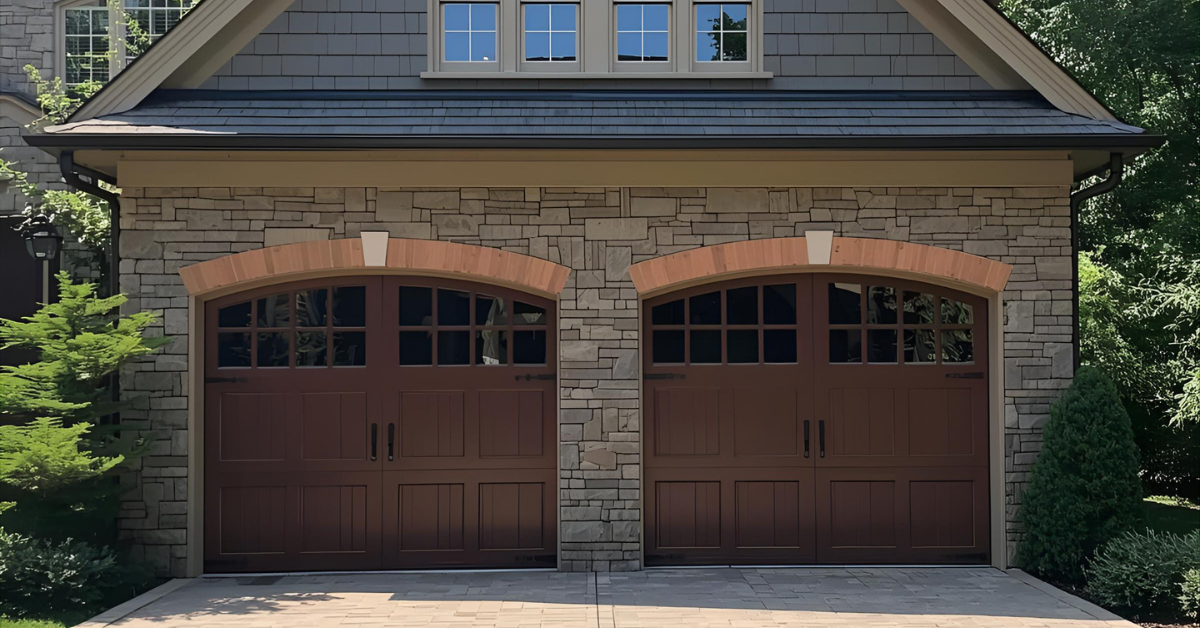How To Program Wayne Dalton Garage Door Opener To Car
Programming your Wayne Dalton garage door opener to your car can save you the hassle of carrying an extra remote and improve the security of your garage. Programming your garage door is straightforward, regardless of whether you have HomeLink or another built-in system. You will learn how to install a wireless network, and troubleshoot issues that may arise, as well as provide insights into ensuring a successful installation.
Understanding the Basics
Wayne Dalton garage door openers are designed to work seamlessly with most modern vehicles equipped with a built-in garage door opener system, such as HomeLink or Car2U. The integration enables you to operate your garage door with a button on your car’s dashboard, offering convenience and a clutter-free experience.
Before you begin programming, it’s essential to:
- Identify your car’s garage door opener system (e.g., HomeLink or Car2U).
- Locate the Learn button on your Wayne Dalton garage door opener, usually near the motor unit.
Steps to Program Your Wayne Dalton Garage Door Opener to Your Car
Step 1: Clear Previous Programming
If the button in your car has been previously programmed for another garage door or system, clear it first to ensure a smooth pairing process:
- Turn on your car’s ignition without starting the engine.
- Press and hold the two outer buttons of your car’s garage door system until the indicator light flashes rapidly. This process may take up to 20 seconds.
Step 2: Prepare Your Garage Door Opener
Find the Learn button on your Wayne Dalton opener. It is often located near the back of the motor housing or behind a small panel.
- Press and release the Learn button. A light on the opener will blink, indicating it is in pairing mode. You’ll have approximately 30 seconds to complete the next step.
Step 3: Program the Button in Your Car
- Sit in your car and hold your garage door remote close to the system buttons on your dashboard.
- Simultaneously press and hold the remote button and the car’s system button you wish to program.
- Continue holding until the indicator light on the car’s system changes from flashing to solid or begins flashing rapidly. This signals successful pairing.
Testing the Programming
After pairing, test the button by pressing it. If the garage door opens or closes, the programming is complete. If not, additional syncing with the garage door opener’s motor may be required:
- Press the Learn button on the opener again.
- Within 30 seconds, press and hold the programmed button in your car for two seconds, then release. Repeat this step if necessary.
Troubleshooting Tips
If your Wayne Dalton garage door opener doesn’t respond after programming, consider these common issues and solutions:
- Remote Batteries: Ensure the remote’s batteries are fresh, as weak batteries can interfere with the pairing process.
- Signal Range: Perform the programming steps within a reasonable range of the garage door opener to ensure the signal is received.
- Compatibility Issues: Verify that your car’s system is compatible with your garage door opener. Some older openers may require a bridge device for compatibility with HomeLink or Car2U.
- Repeating the Process: If pairing fails, reset both the car’s system and the garage door opener and repeat the steps.
Maintenance for Reliable Operation
To keep your Wayne Dalton garage door opener working seamlessly with your car:
- Replace the backup battery in your garage door opener annually.
- Check your car’s system for software updates, as some updates may improve compatibility.
- Inspect the sensors on your garage door opener for any dust or misalignment. Clean and adjust them as needed.
- Regularly test the programmed button to ensure consistent operation.
Programming Multiple Garage Doors
If you have multiple garage doors, you can program different buttons in your car for each door. Simply repeat the programming steps for each garage door opener. Ensure you press the correct Learn button on the respective opener when syncing.
When to Call a Professional
If the programming process fails despite multiple attempts, it might be time to consult a professional technician. Issues such as wiring problems, motor malfunctions, or system errors may require expert assistance. A professional can also ensure your system is compatible and set up correctly.
Final Thoughts
Programming your Wayne Dalton garage door opener to your car is a convenient way to enhance your daily routine. With a little preparation and attention to detail, you can pair your car’s system with your garage door opener quickly and enjoy effortless access to your garage. By following this guide and maintaining your system regularly, you’ll ensure a reliable and hassle-free experience for years to come.




